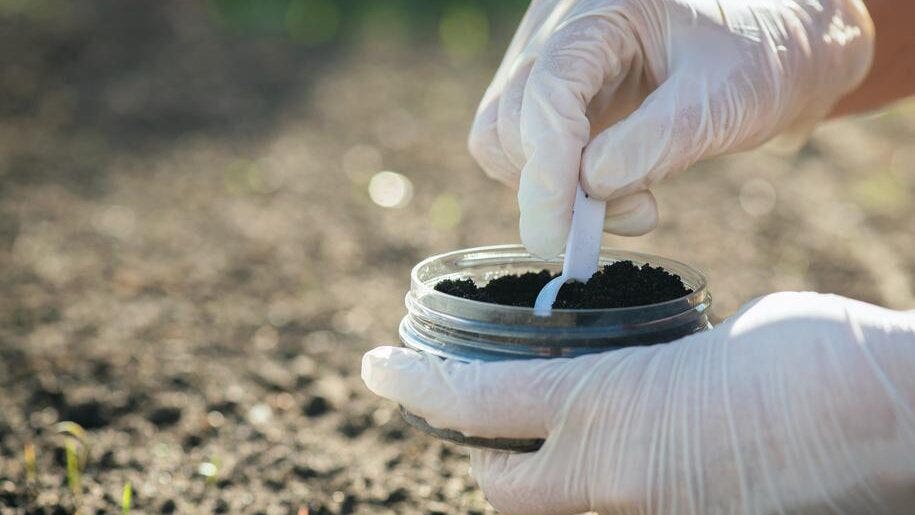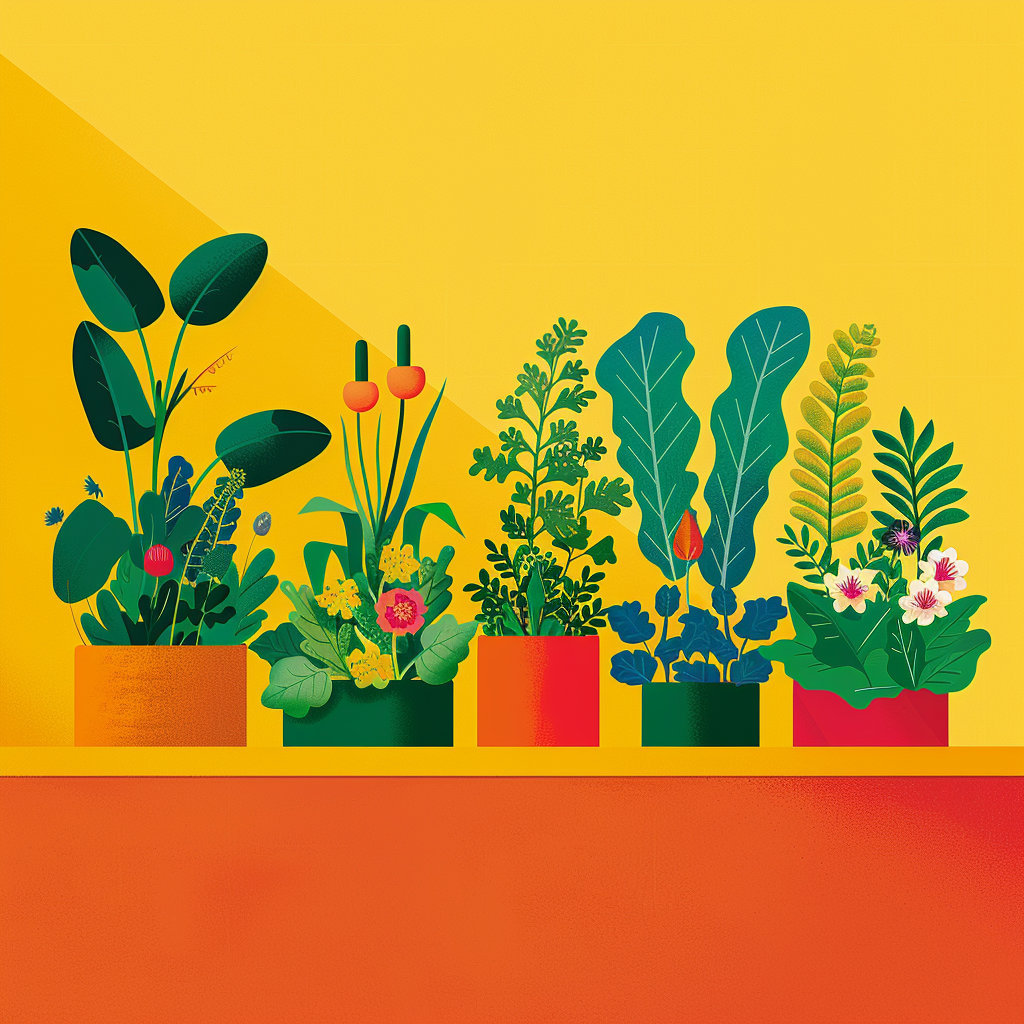Gardening can be a joyful and therapeutic hobby that invites nature into your very own backyard. Starting your own garden may seem overwhelming at first, but with a little bit of planning and patience, you’ll be harvesting your own produce or enjoying the beauty of your flower garden in no time. This comprehensive guide will walk you through the basics of beginning your gardening journey, from assessing your space to ongoing maintenance.
First and foremost, deciding on the type of garden that suits your space and interests is crucial. Whether you’re considering a lush vegetable garden, a serene flower garden, or a compact herb garden, understanding the space available and the amount of sunlight it receives is essential. Raised beds, inground, and vertical gardens each have their unique benefits and can be selected based on your gardening goals, physical ability, and available space.
- Exploring garden types: raised beds, inground, and vertical options. Source: Kristi Waterworth – forbes.com
Understanding the differences in garden types can help streamline your gardening process. Raised beds are perfect for those with limited space or undesirable soil conditions, as they allow for more control over soil quality and drainage. Inground gardens are traditional and work well for larger spaces, providing a natural habitat for plants to thrive. For those with very limited space or looking to add an aesthetic appeal to their outdoor area, vertical gardens offer a creative solution to grow plants on walls or trellises.
Once you’ve settled on the type of garden, preparing the area is your next step. It’s important to choose the best month to start, which depends largely on your local climate and the hardiness zone of the plants you wish to grow. Clearing the area, removing grass if necessary, and ensuring the soil is healthy and ready for planting are critical steps in creating a thriving garden.

- Preparing your garden: The importance of soil health. Source: Kristi Waterworth – forbes.com
Choosing and arranging plants in your garden requires consideration of their specific needs, including the amount of sunlight, soil type, and moisture levels they prefer. It’s also crucial to design your garden by considering the plants’ height, form, and color to ensure both aesthetics and functionality. Thoughtful placement according to these factors can lead to a harmonious and balanced garden.
Incorporating companion plants can also enhance the health and productivity of your garden. Certain plants can protect their neighbors from pests or enrich the soil with essential nutrients, fostering a supportive plant community. Research and careful planning in this stage can save you time and ensure the beauty and yield of your garden.
- <img src=”https://loomis-ca.townsites.org/wp-content/uploads/sites/189/2024/05/66474abe81eea-scaled.jpeg” alt=”Designing your garden: The art of companion planting.” data-type=”search”>
- Designing your garden: The art of companion planting. Source: https://www.facebook.com/thespruceofficial/ – thespruce.com
Maintenance and care are ongoing processes that ensure the well-being of your garden throughout the growing season. Implementing pest control strategies, whether through natural methods or safe pesticides, will protect your plants from common invaders. Learning proper planting and transplanting techniques are also pivotal, as they can significantly affect the success of your garden.
Lastly, combatting weeds is an inevitable part of gardening that requires consistent attention. Whether by manual removal, the use of landscape fabrics, or mulching, keeping weeds at bay will promote healthier growth of your desired plants. Remember, gardening is a learning experience, and each season provides an opportunity to grow your knowledge and perfect your green thumb.
Starting a garden of your own can be a fulfilling journey that enriches your life and landscape. By following these foundational steps, you’re well on your way to cultivating a space that brings you joy and perhaps even a bountiful harvest. Happy gardening!






